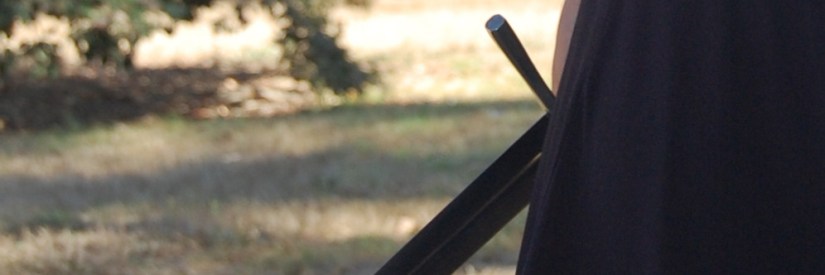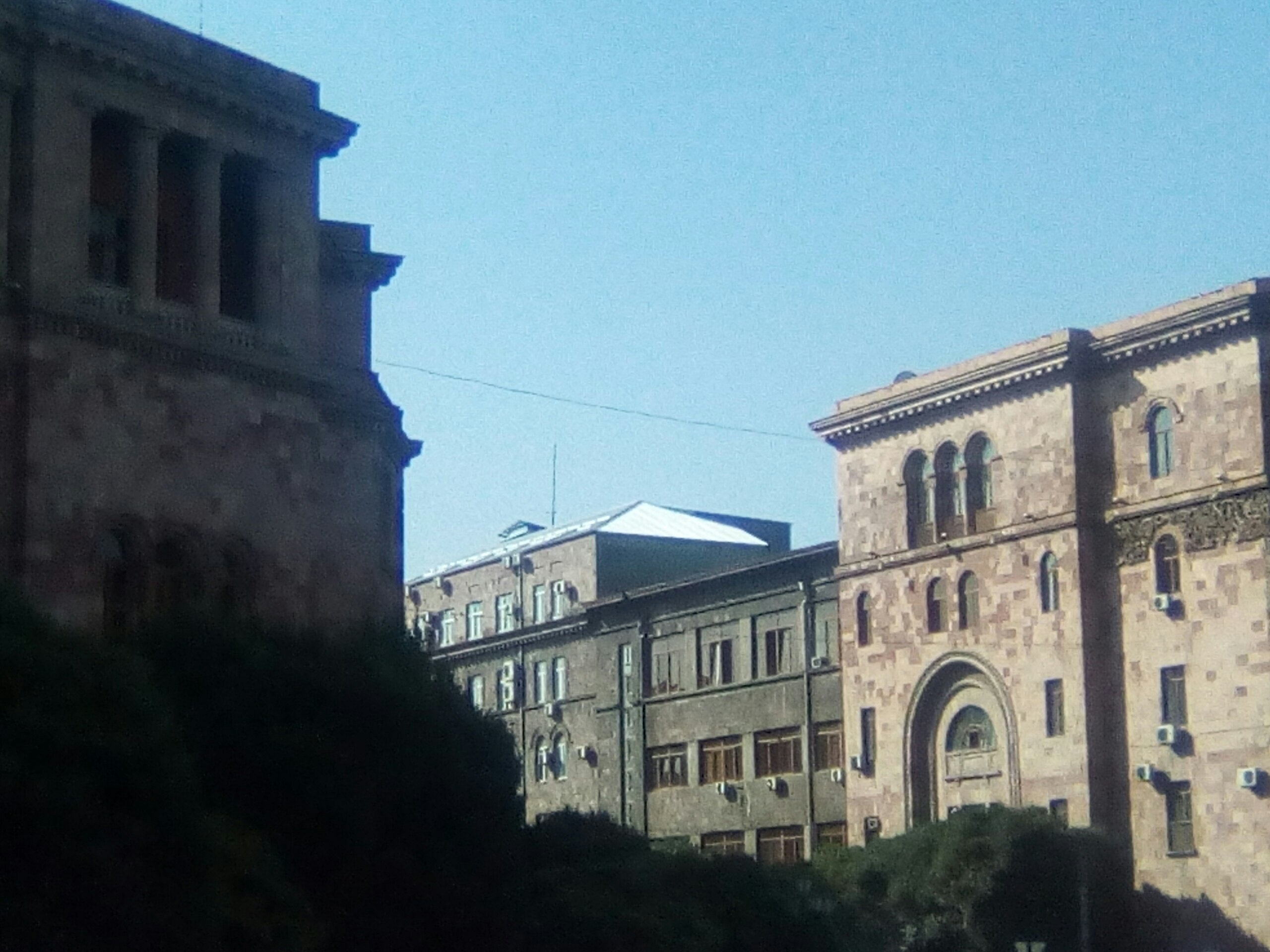
When we discovered Redfall Gap, hope and excitement ran high, and while most paid lip service to caution and cold wisdom, it was hard to lend too much focus to the dangers and unknowns. And when the probes sent back their first readings, confirming that this glittering, undulating anomaly was just as much a passage to another galaxy as we had imagined, wariness seemed like an unnecessary precaution.
We knew better, of course. Every one of us had seen enough things go wrong when they should have gone right that thoroughness and triple checking were worked into our bones. And we also knew that no matter how much care you put into anything, there’s no such thing as a guarantee. Not really.
So when my best friend volunteered to pilot the ship for the first manned expedition, I met the announcement with mingled envy and dread as well as giddy exultation. If I couldn’t go myself, this was at least the next best thing.
And she deserved it. She, who’d been a pilot longer than I’d been a scientist. She, who’d dreamed of taking the best ships to the strangest places since we were both kids. She, who knew the risks and laughed at them while I followed a more careful path.
If anyone had the skills and experience to be prepared for this, it was her. And her handpicked crew of three.
Preparations took a month. More tests. More readings. More specialized equipment for the Distant Horizon, the vessel that would take them through. More training. More time for this mad venture to become normal. More time to deafen us to the nervous mutterings in the backs of all our minds.
Launch Day came. The Horizon detached from its dock on Platform One, our tiny station home. She brought up power and glided towards the Gap and all the unknown beyond it. Away from us.
And then they entered and were gone.
We received one message, reporting safe passage and transmitting their initial scans from the other side. We received a second six hours later, and a third six hours after that.
Then, nothing.
The next scheduled check-in passed in silence. And the one after that. And every one following.
Our optimism faded like a dream, replaced by sickened knots in the pits of our stomachs. I told myself that she knew what she was doing, that there were a thousand ultimately harmless reasons they might have missed their check-ins. We checked our arrays and our systems. We tested our sensors and our communications rigs.
We geared up another probe and sent it through the Gap, just in case. It went through safe and sound, its connection never faltered. But it found no trace of the Horizon.
Some talked about outfitting a second ship, though we knew it would never happen. You don’t throw good money after bad. You don’t send a second ship when you don’t know what silenced the first. So all we could do was to find some way to make it safe enough to try again.
But that was easier said than done. We’d done everything we could think of before we sent the Horizon through—now we had to find new things, new holes, new possibilities when we had already exhausted every obvious avenue. And we had to do it with grief hanging over us instead of thrilled excitement.
We tried. Hard. But the exploration corps that funded our project lost interest once the Horizon vanished. After three weeks, they informed us apologetically that they were not in a position to continue paying for a dormant expedition. We were welcome to keep the platform and the equipment; it was ours. They just couldn’t justify the cost of additional supplies and living stipends.
After that, everything shut down. The support staff left. The techs left. Physicists, astronomers, engineers—everyone went in a steady stream that turned into a flood, until finally only four of us remained. We crept around the emptied platform like ghosts, stretching our rations, funding ourselves out of our own savings, scraping all we could from what we had and dragging it out until there was nothing left.
Then we gave up too, with nothing gained for all our begged and borrowed time.
We’d boosted all our sensors, all our comms, cobbling them together from bits and pieces we stole from things we counted less important. We accomplished technological feats. Our station’s eyes and ears reached farther then they ever had before with fewer needs. Maybe it wasn’t an elegant system or the most resilient, but the vast distances its signals crossed was something we could be proud of.
For all the good it did. We found nothing. No stray transmissions. No sensor ghosts. No drifting hulls. Nothing that gave us the slightest indication that the Horizon was there at all, or ever had been. If we hadn’t had the logs from those three precious check-ins, we might have convinced ourselves that they’d never happened at all. And I might have found some other way to explain the loss of my best friend.
After that, we abandoned the station too, out of hope and out of ideas, sixteen weeks, four days, and three hours from the time the Horizon went missing. We left a comm buoy behind on the far side of the Gap, programmed to broadcast its message on repeat: Platform One to research vessel Distant Horizon, all attempts to contact you have failed. We have run out of supplies and are forced to abandon station. We haven’t forgotten about you. We’ll be back in one year to come looking for you again. Message recorded 2619.04.13.14.30. End of recording.
And that was that. The best we could do, useless as it was. And no matter how I tried to avoid it, I knew our project had collapsed with a sigh and a whimper. I knew my best friend was gone forever.
We loaded the few supplies we still had on the one remaining jumpship. We checked the sensors one last time, more out of habit than hope. Then, finding nothing, we left.
Afterwards, we didn’t stay in contact. Or I didn’t. The others might have, but I, in my sorrow, kept to myself. I found some job on some station and used it to feed myself and put a bed beneath my bones. I made acquaintances, never friends. I let my pain grow dull. Numb. I forced myself to heal, or maybe just to scar. Either way the bleeding stopped.
And all the while I kept track of the days, the weeks, the months.
The year passed. I shook myself from my fog of unmanaged grief long enough to hire a jumpship and to contact the others. One I couldn’t find. Another couldn’t take the time to make the trip. The third promised to meet me at the same station we had all set out from together so long ago, and we could go the final leg together.
In the end, we reached the silent, abandoned station two days before the time we’d promised. But that was alright. We could wait. And while we waited, we took comfort in each other’s presence. We barely spoke; there was nothing to say. Instead, we spent the time restarting all the platform’s systems. To our mild surprise, only the link to the probe had gone down, battered by some stray asteroid and unnoticed by the cannibalized systems. It took less than a day to complete the handful of repairs.
I was the one to bring them back online. My hand hesitated above the command-board, wavering as buried emotions came hurtling back, ripping through the cloud I’d wrapped myself in. For a moment, my fears spun all around me. I knew better than to hope. This was more for closure than for rescue. More for us than them.
Something like shame washed over me. We’d spent all this time and all these resources on something that couldn’t be. It was idiotic.
But we’d promised.
And so my hand keyed the commands and started all the systems. They came up, one by one, humming, chirping, reaching out to see the universe. And there it was, the probe we’d left behind with our message for the Horizon. Now the message was for us.
Distant Horizon to Platform One: we ran into a little trouble, but we’re alright. Took some damage and had to find a place to land. Found a way to get your message from the ground. Coordinates are 152.777.459 from point of entry. Watch that gravity well a few hours in. That’s what got us. Looking forward to coming home. Message recorded 2619.07.21.19.37. End of recording.
I sat for a second, stunned. My cheeks went numb. My hands tingled. My heart beat faster than it should have, and I couldn’t breathe. But only for a moment. Then I ran for my companion. We had work to do.
–
Originally published as part of the 2021 Tenth Anniversary Writing Contest on shortfictionbreak.com.





















































































